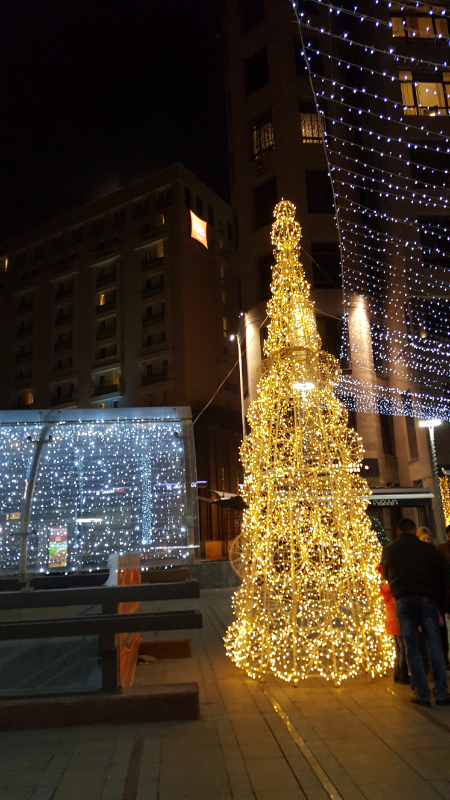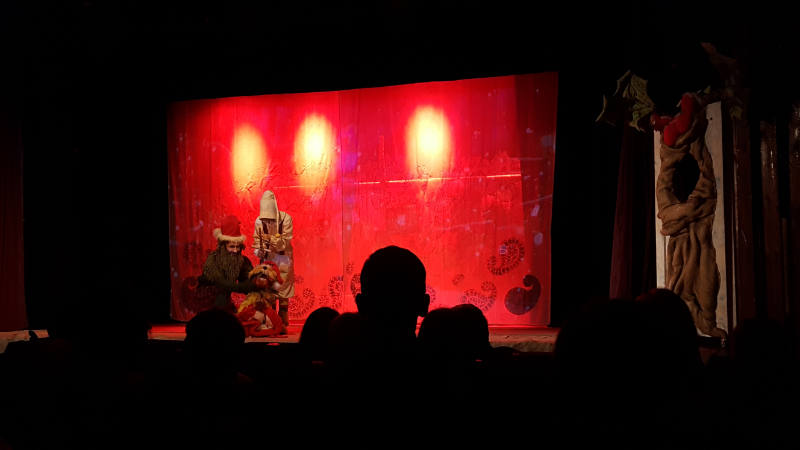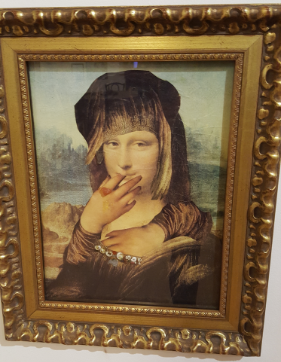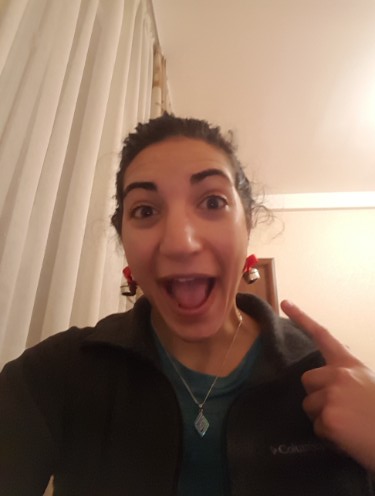I’ll be honest, I kind of felt like I was going to be here forever. Once I decided to extend for four months, I stopped worrying about what it would be like when I finally had to leave. That was something that could be left for later, something that could be easily ignored. Somehow, here we are in March, and “later” is now. Last week, all of the things that have become constants in my life here changed.

Language class. Language class became one of the highlights of my week. I finally ended up in a class that was perfect for me. It was just me and one other guy, Zadig, plus our teacher, Inga. Zadig is hilarious and a super-fast learner. He’s been here far shorter than I have, but his vocabulary and speaking confidence are waaay beyond mine. Inga is the coolest. She’s the teacher I was assigned to when I first moved to Yerevan, and the more time I spent in her class, the more I realized how good she is at altering her teaching style to suit the people in the class. With Zadig and me, she gave us fun homework writing prompts, she made us speak ALL the time in class, and she came with different games and activities to help us grow our vocabularies and learn to speak about a wide range of topics.
Every class made me laugh, every class made me feel like I was learning, and every class made me want to stay even longer so that I wouldn’t have to leave Zadig and Inga and could keep practicing. During our last class, Inga had us debate on if all of the cars in Armenia should be required to be yellow. I, of course, got assigned the “yes” stance, and I was impressed with how many words I knew and how quickly I managed to plan out and write my arguments in Armenian. I certainly still have a long way to go (and Zadig’s Armenian is about 200 steps beyond mine already), but I’m really proud of what I managed to learn and how confident I’ve become (which is still not as confident as I probably should be, but it’s better than the mute I was before).
At the end of my last class on Thursday, I gave Inga a card I made for her and then sprinted out of there before I could start crying. I’ve become quite the emotional mess over the last couple of years. No matter how many times you go through it though, it never gets easier to leave behind something that feels perfect and that you know will never be the same again.

Work. My job at Aleppo-NGO was ever-changing, but that’s one of the things I loved the most about it. I’ve always been someone who has a lot of different interests, and I’m always looking for ways to engage all of them. This job did it. Sure, there were plenty of times that were frustrating and tiring, but I felt like I was being pushed to learn new things and think outside the box. I felt like ALL of my different skill areas were being used. My last project was helping to redesign/update the website, and that involved rewriting EVERYTHING, making graphics for the different programs and projects, and coming up with ways to tweak the existing design to make it look better. I got to write, design, be creative, and use my brain. It was awesome!! Though don’t look at the website right now and think that it’s the work I did… they’re still putting everything together, and my stuff isn’t on there yet.
Besides the actual work I did there, my relationships with my coworkers really took off during my last couple months. I hung out with them outside of work, we had more fun at work, and I generally I just felt more comfortable being there and talking to them and like I was accepted as part of the team.
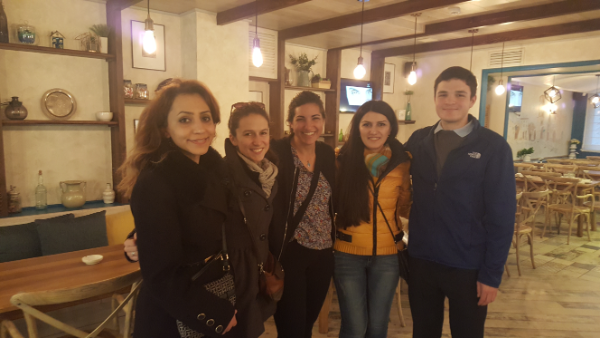
Living situation. I moved out of my apartment at the end of February. Currently, my stuff is stored at my friend Zoe’s and I’m wandering like a nomad. I had my share of apartment struggles, including not being able to communicate with the property manager guy and him constantly judging me for “not knowing Armenian” (though really he just terrified me because I knew that he was judging me), I had a constant place where I could be alone, organize my stuff, and unwind.

My last week was filled with various walks around the city, listening to sad, overly dramatic music (because what better to do when you’re on the constant verge of tears?), and reminiscing about my time in Armenia. On my last day of work, Mount Ararat was the clearest I’ve ever seen it. You could see Masis and Sis (the tall and shorter peaks), plus the rest of the mountain range. I’ve literally never seen the range before because usually, the entire base of the mountain is clouded, and you can just see this mystical peak coming up above the clouds. It was incredibly cool, and I kind of felt like God was giving me a little present for my last day. It certainly made things a little less bitter and more sweet in the whole “bittersweet” equation.

For the rest of my time in Armenia, I’m doing fun thing after fun thing. It’s hard to be sad when there’s so much cool stuff ahead (though trust me, I’m still managing). This week, I’m spending some time travelling around the southern part of Armenia. I haven’t spent much time in that part of the country, and there are a few things that I’d definitely like to see before I leave… plus, why not? Next week, my cousins are coming, and we’re going to have another Armenia adventure + tour guide Lara experience. After that, I’m going on a end-date-TBD wander around Europe and places (get excited for some cool new countries and cities in the future!… also, now accepting suggestions if you have any places I should definitely visit!) before going home and having a big “WHAT IS MY LIFE?” existential questioning (I don’t want to use the word “crisis” because that makes it sound negative when it’s actually a very exciting positive).
So… things are changing, whether I’m ready or not. The future is fun and exciting, and don’t ask me what’s next because at this point, your guess is as good as mine. Stay tuned for adventures from the south.

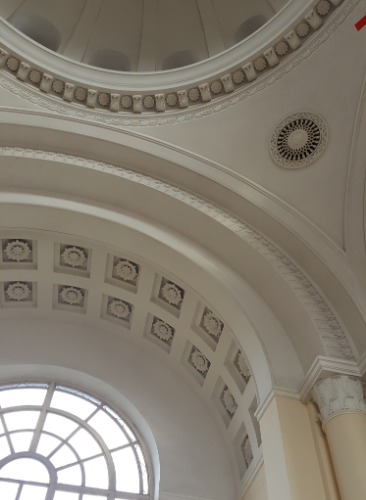


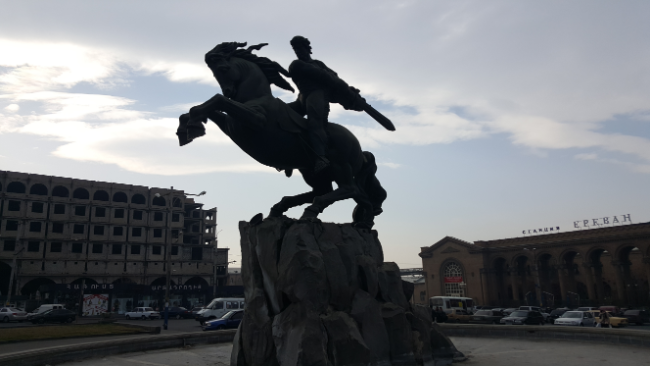







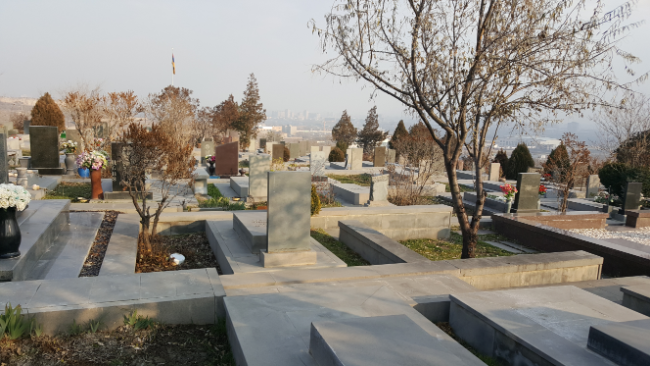






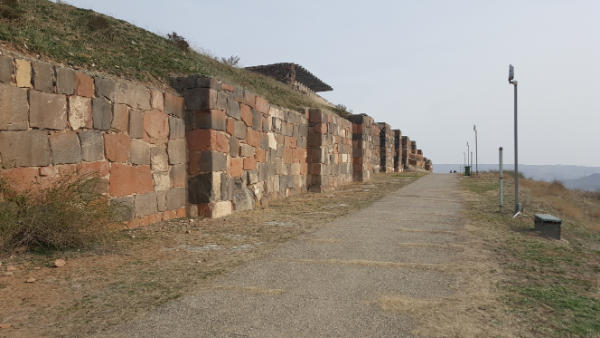









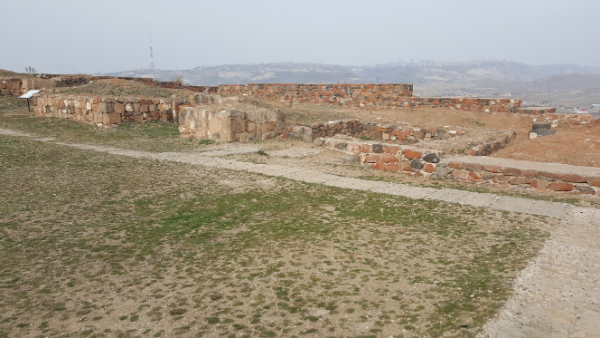







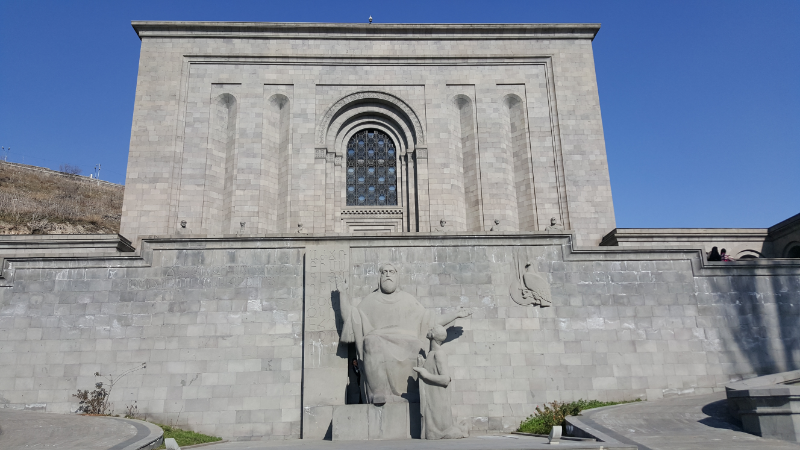












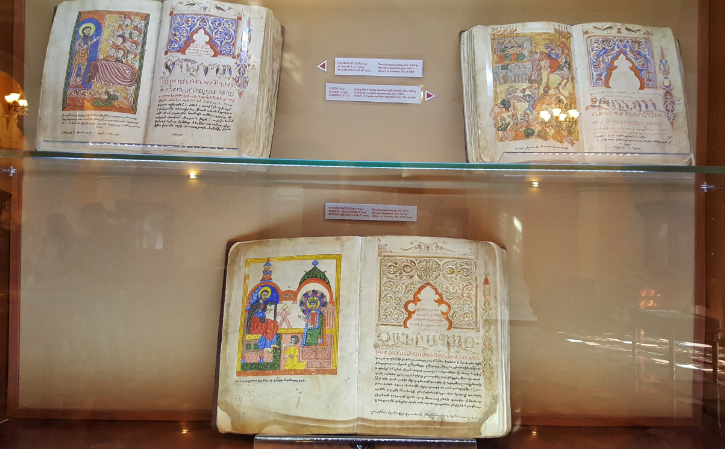

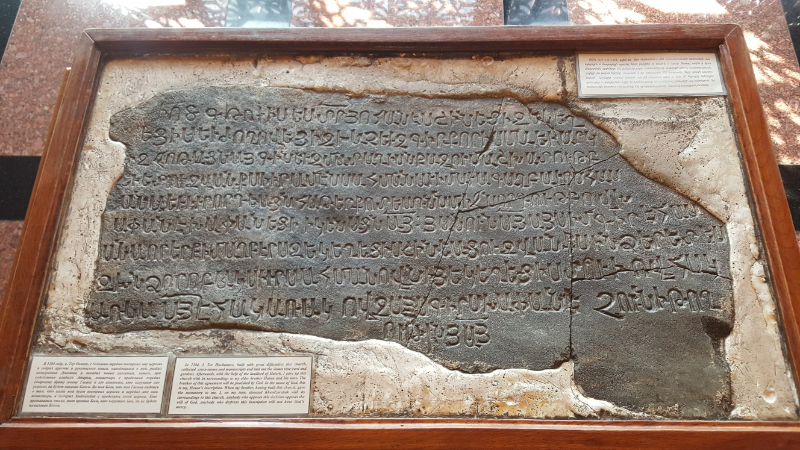
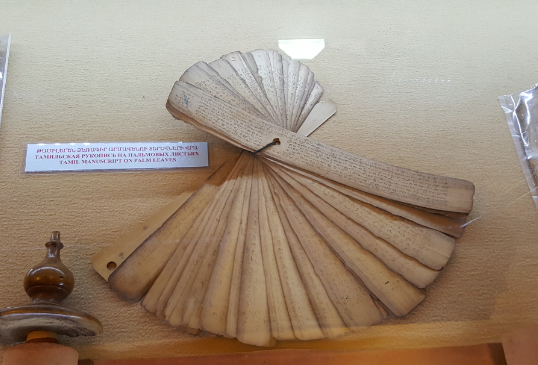



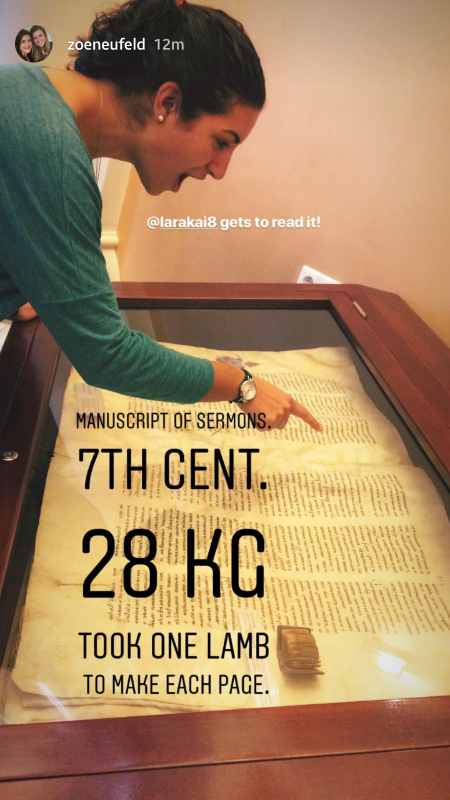



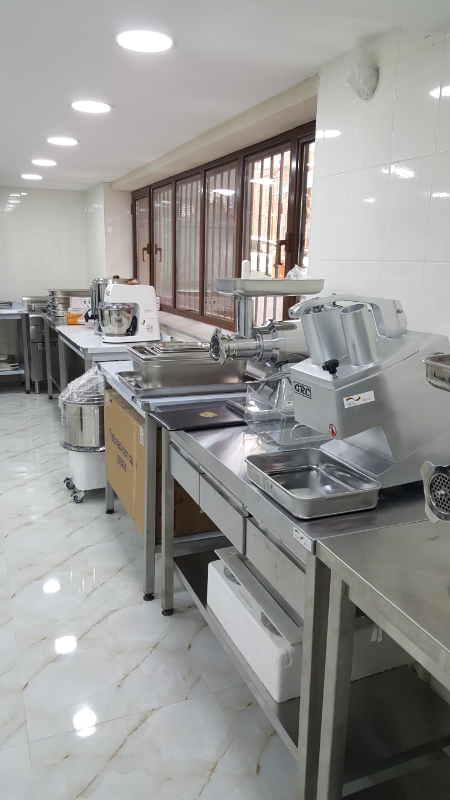
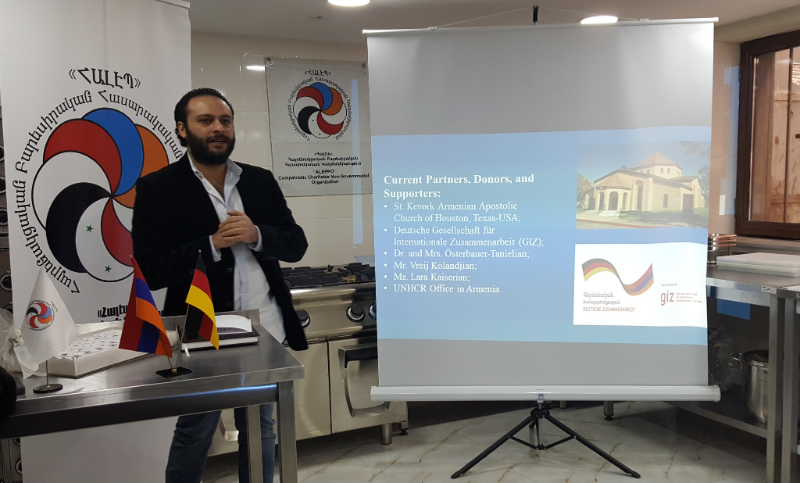
 it was nice of them to give me a shout out.
it was nice of them to give me a shout out.
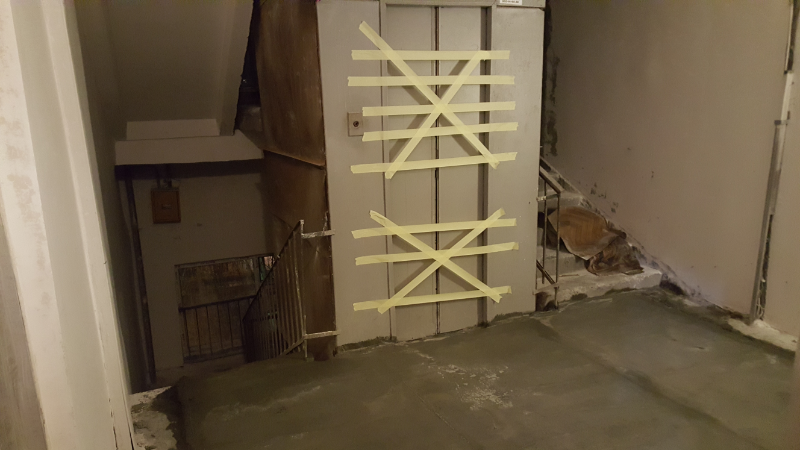












 From there, I walked a few blocks to Zoravor Surb Astvatsatsin Church. This place was barely on my radar and ended up being full of surprises! Getting there was the first adventure. It’s hidden in the middle of a bunch of tall apartment buildings. If I hadn’t read about it ahead of time, I would have thought that I was going the wrong way. I was still second guessing my route a bit, and then, out of nowhere, there it was! The church isn’t anything grand or magnificent, but I liked it. There was a service going on inside, and everything about the building felt cozy and homey rather than cold and impersonal like some other churches.
From there, I walked a few blocks to Zoravor Surb Astvatsatsin Church. This place was barely on my radar and ended up being full of surprises! Getting there was the first adventure. It’s hidden in the middle of a bunch of tall apartment buildings. If I hadn’t read about it ahead of time, I would have thought that I was going the wrong way. I was still second guessing my route a bit, and then, out of nowhere, there it was! The church isn’t anything grand or magnificent, but I liked it. There was a service going on inside, and everything about the building felt cozy and homey rather than cold and impersonal like some other churches.



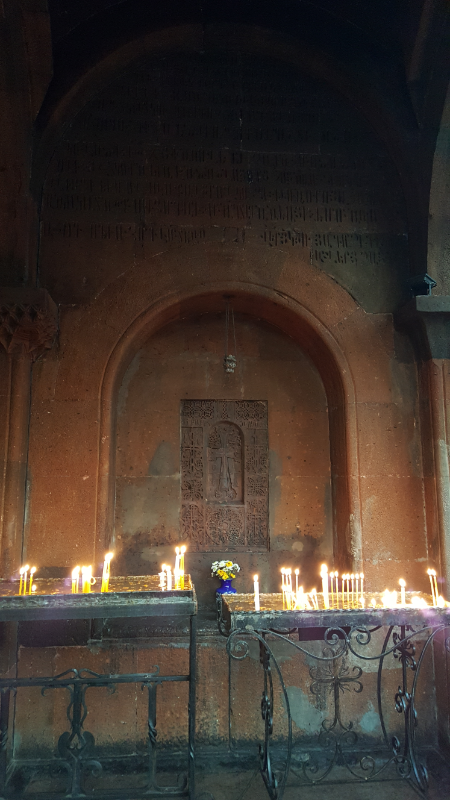

 Happy New Year! Շնորհավոր նոր տարի (shnorhavor nor dari)! Wow! Can you believe it? 2018. I’m feeling good about this year based on nothing more than the fact that 8 is my lucky number. This has been my only New Year’s out of the USA, and it was definitely a different kind of experience!
Happy New Year! Շնորհավոր նոր տարի (shnorhavor nor dari)! Wow! Can you believe it? 2018. I’m feeling good about this year based on nothing more than the fact that 8 is my lucky number. This has been my only New Year’s out of the USA, and it was definitely a different kind of experience!
